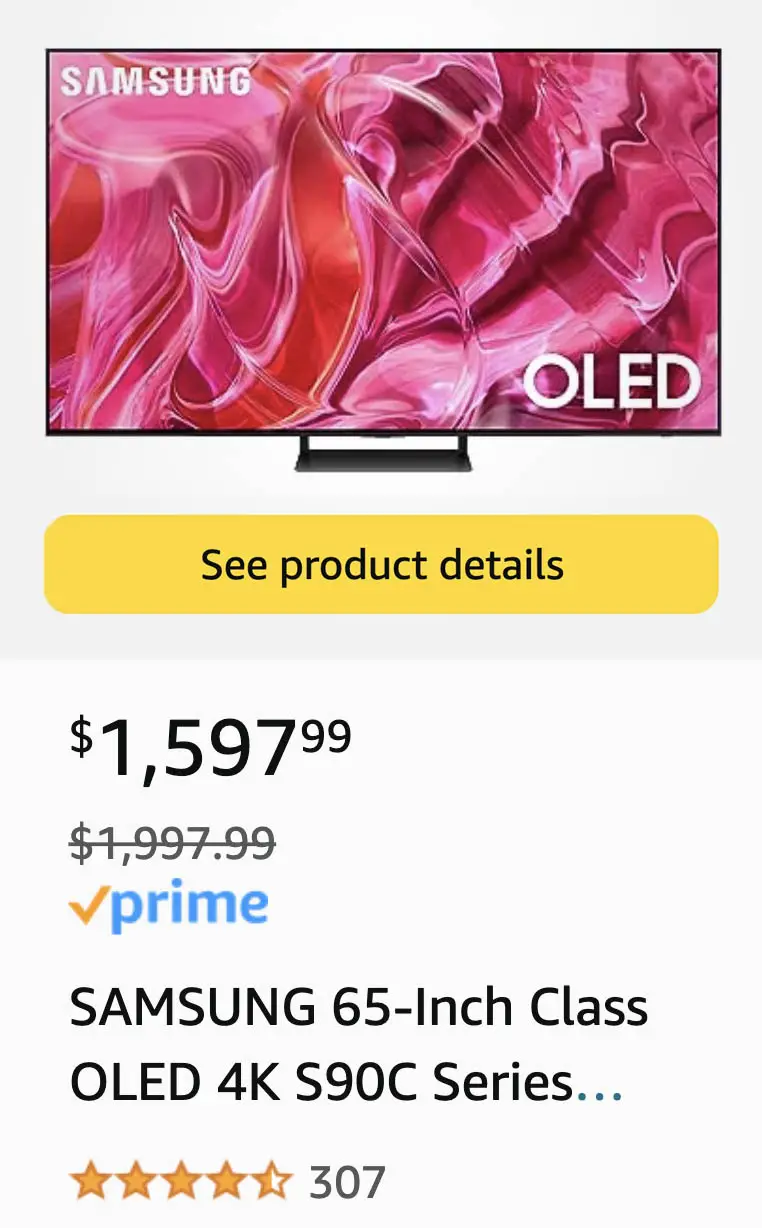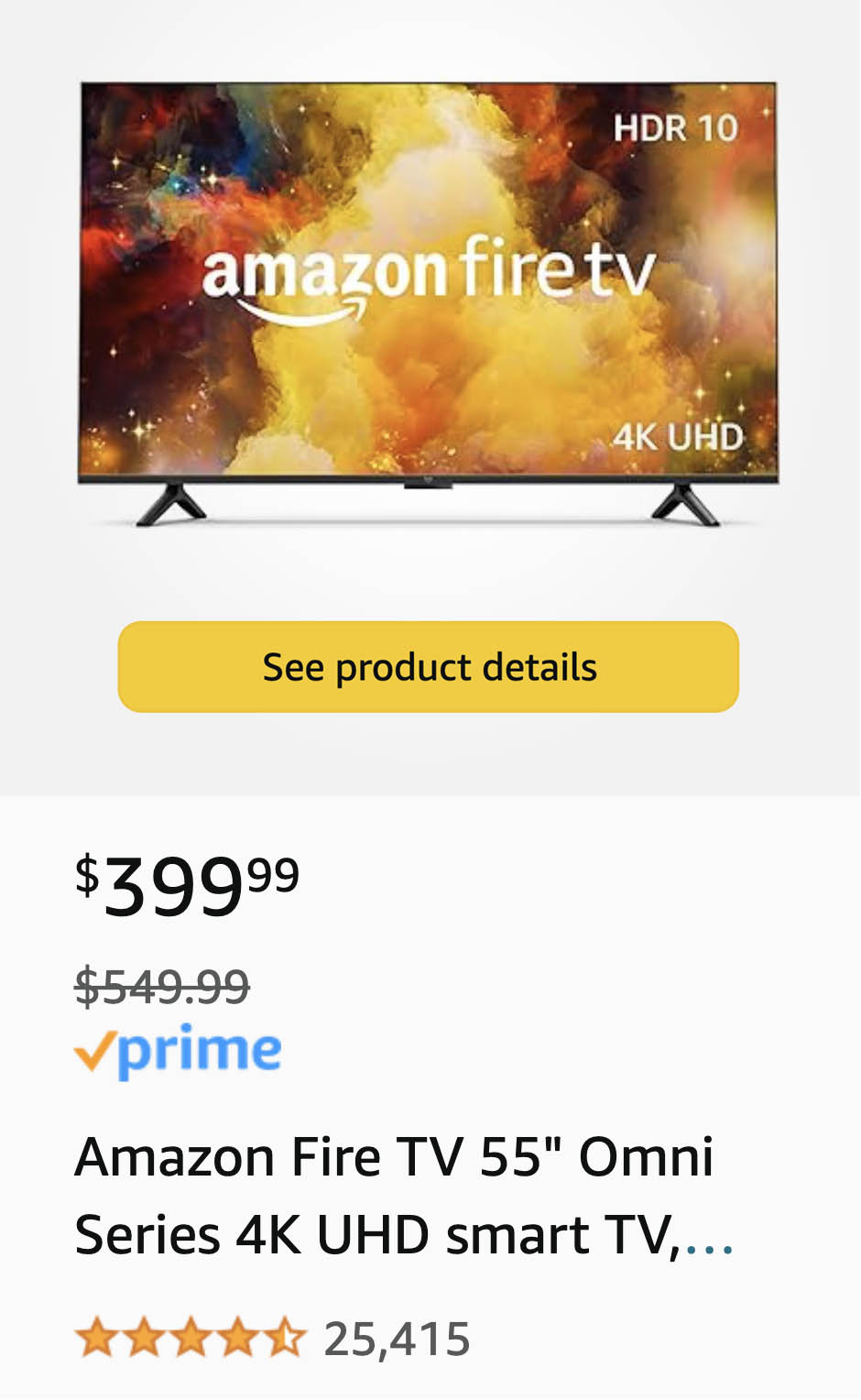

The transition will end all analog broadcasts. That means if your television does not have built-in digital tuners, you won’t be able to receive television broadcasts anymore. There are millions of televisions out there that do not have digital tuners. So, chances are you have at least one television in your house that is analog.
Analog televisions come in all shapes and sizes including your traditional tube televisions, flat screens, and even early LCDs that were not digital. Retail stores are not allowed to sell televisions any more without the transition warning. So if you bought a television within the last couple of years from a reputable retailer, chances are your television will have a digital tuner.
According to Ben Grossman, editor of Broadcasting & Cable, “The DTV transition next February is going to be one of the most important events in the history of television.” While I think the introduction of color television in the 1940’s gives the DTV transition a run for its money, DTV will open up the bandwidths to allow multi-casting and other digital information to be transmitted simultaneously and this in itself is a major evolution in broadcasting.











